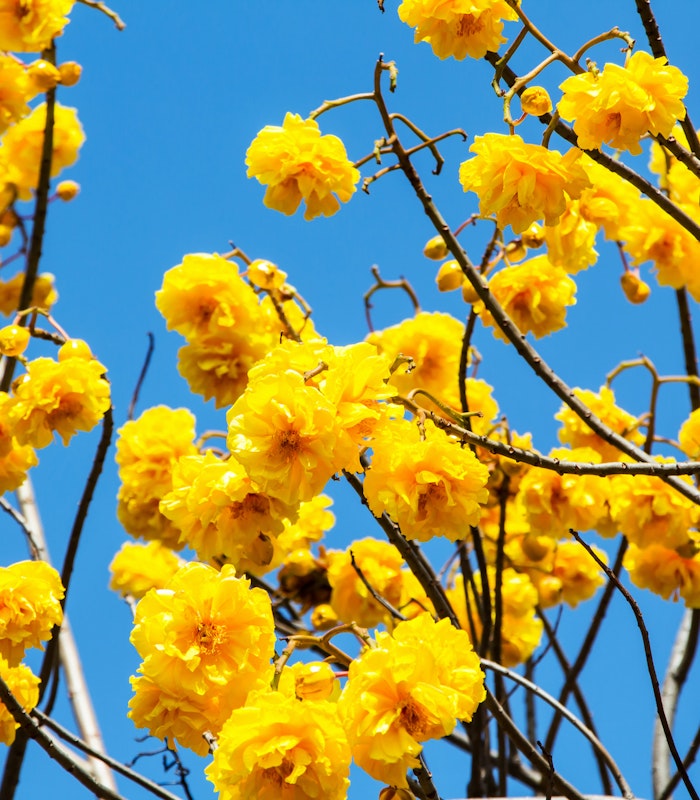Most of the applications for Gum Karaya is in external use pharmaceutical products and denture adhesive. It is also used in the paper and textile industries. In foods, Gum Karaya is used as a thickener and emulsifier in sauces and salad dressings. It is also used as an adulterant in Gum Tragacanth due to the similarity in physical characteristics in the raw state. Because if the large potential for water absorption, Gum Karaya is used in combination with Locust Bean Gum to further enhance freeze-thaw stability by control of ice crystal growth in frozen desserts and novelties. Gum Karaya is also used in a wide variety of applications including:
to increase overrun in meringue powders, to aid in spreadability of cheese spreads, and to add structure and stability to whipping creams (with Carrageenan or Locust Bean Gum).

Gum Karaya
Common Names
- Gum Karaya
- Gum Sterculia
- Indian Gum Tragacanth
Functionality
- Emulsifier
- Thickener
Quality
- Powder Color
- Viscosity
- Impurity Content
Applications for Gum Karaya
Botanical Sources
Gum Karaya is dried tree sap from species Sterculia urens. These trees grow in the dry, rocky hills and plateaus of central and northern India. The cultivation and gum collection are closely controlled by the government. The crystallized sap forms tears or lumps that can weigh up to 5 lbs. The collected gum is cleaned and broken into fragments of less than 25 mm in diameter prior to initial sale. The pieces are sorted and graded based on color and purity. There can be two crops per year but the early crop (April—June) is higher in quality than the fall crop (September). Powder quality is evaluated based on impurity content, viscosity and color.

Polymer Chemistry
The carbohydrate polymer of Gum Karaya composed of galactose, rhamnose and galacturonic acid. The polymer is partially acetylated. Karaya is the least soluble of the hydrocolloids from tree sap, requiring heating for full activation. Solutions of Gum Karaya are acidic due to the galacturonic acid content. When used in alkali (with sodium borate or magnesium oxide) it forms an excellent adhesive. This functionality at high pH is linked to diacylation of the polymers. Gum Karaya solutions will develop viscosity with up to 60% alcohol content, but like most other hydrocolloids is insoluble at higher alcohol levels.
